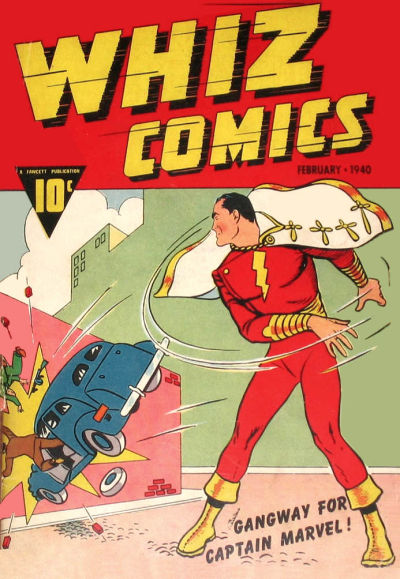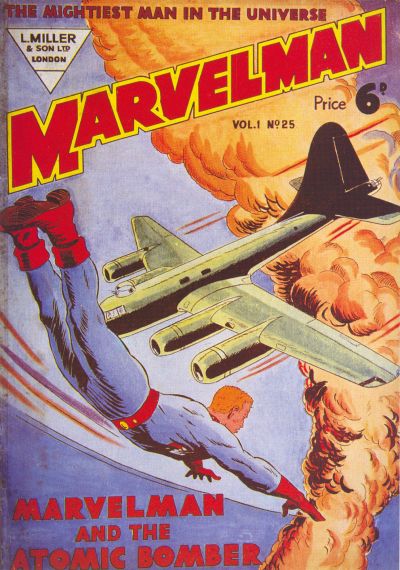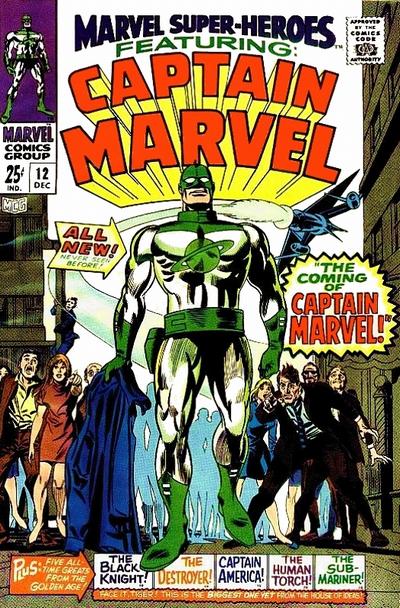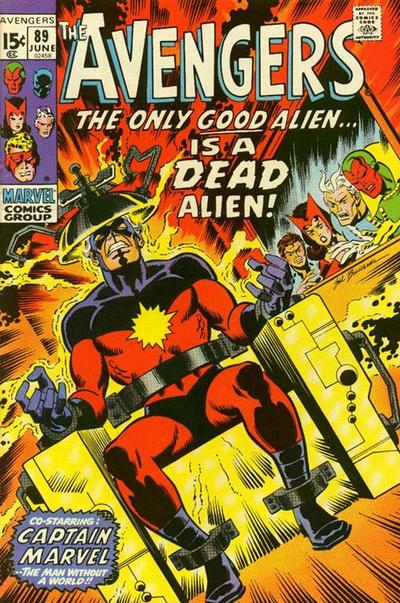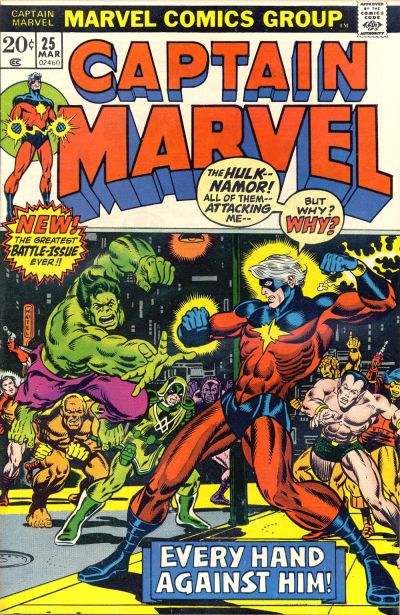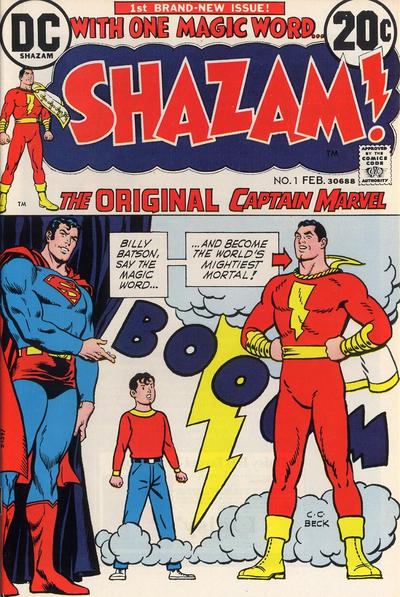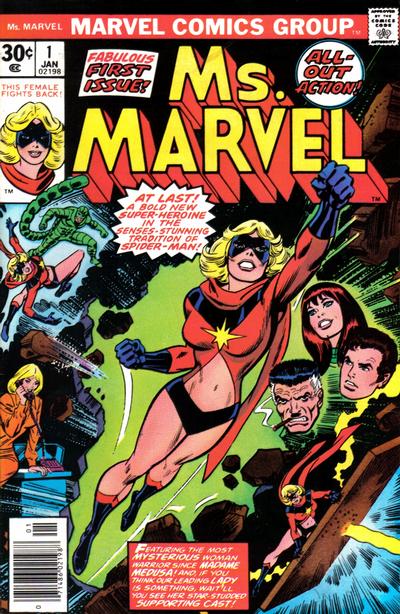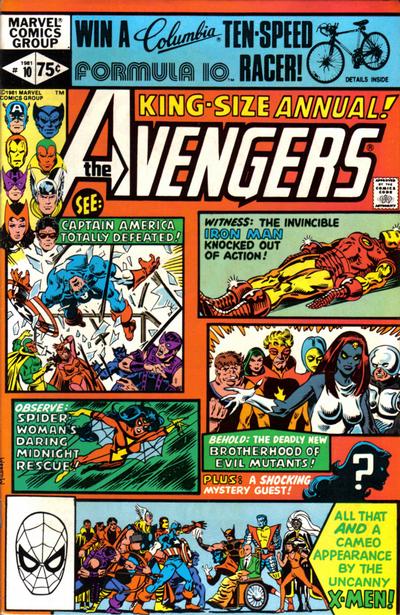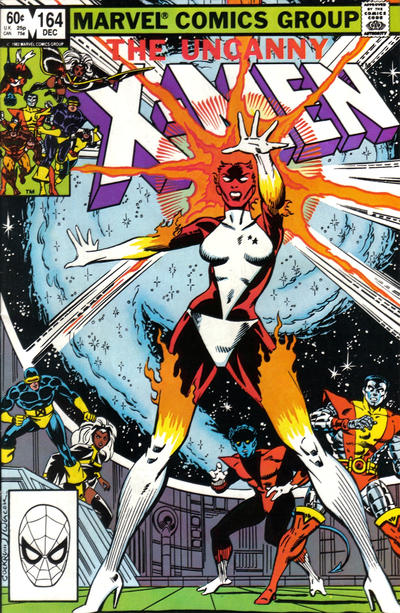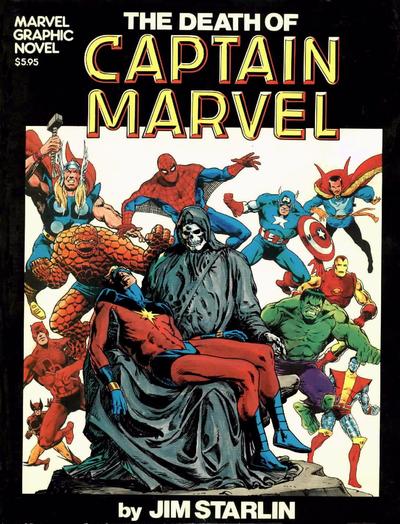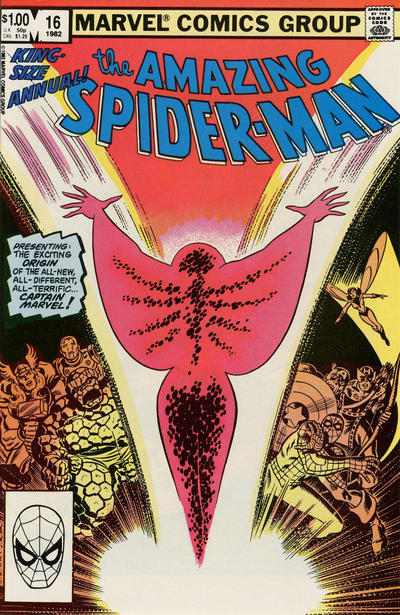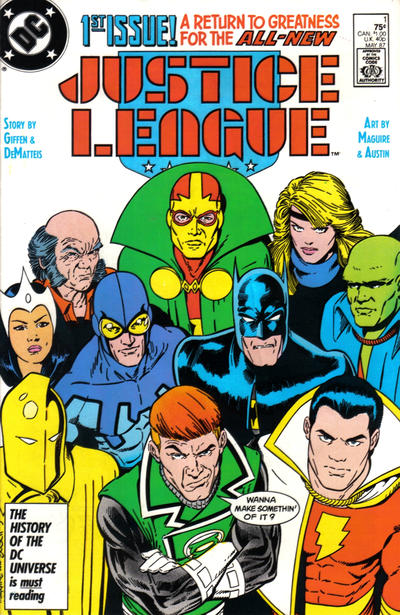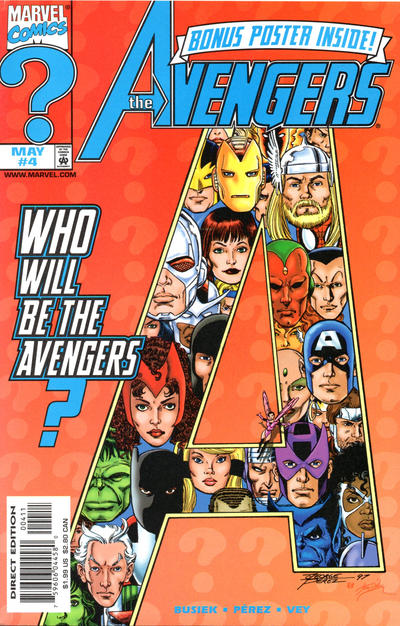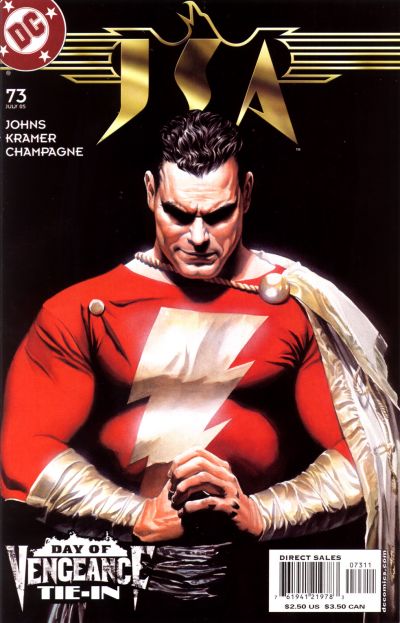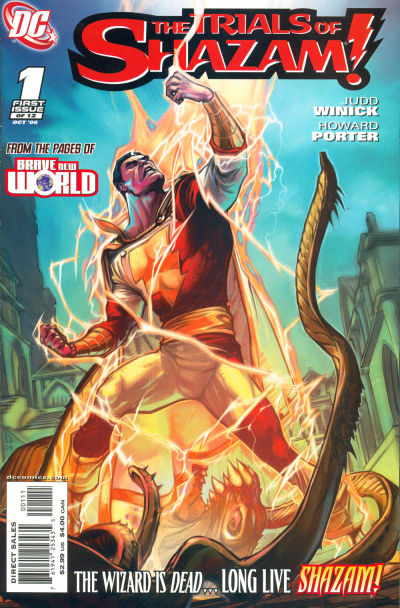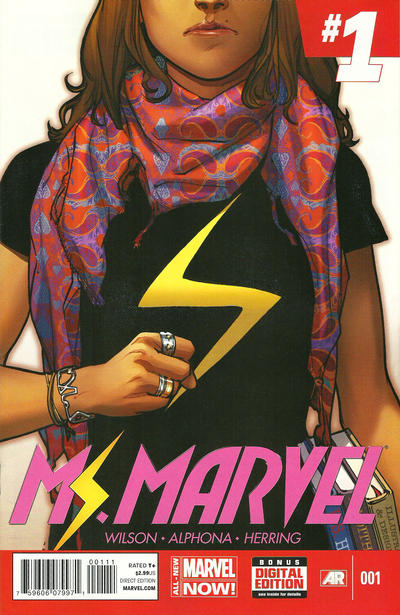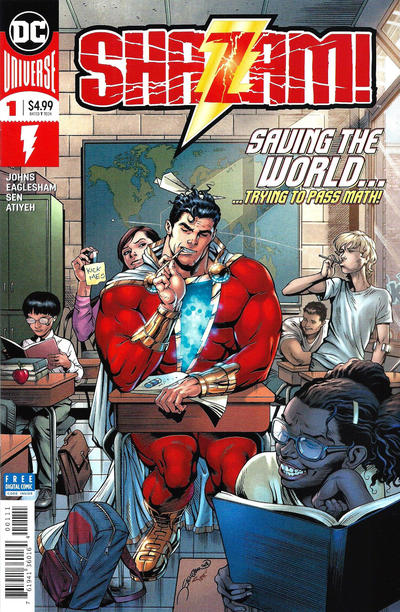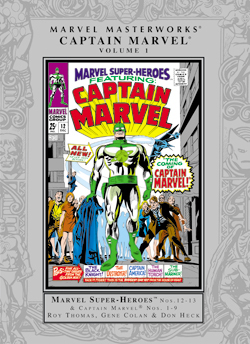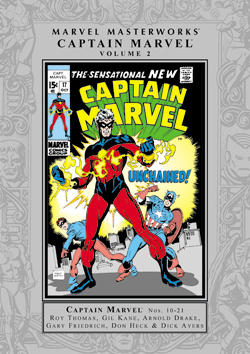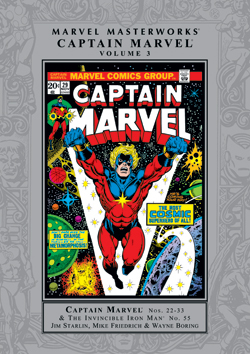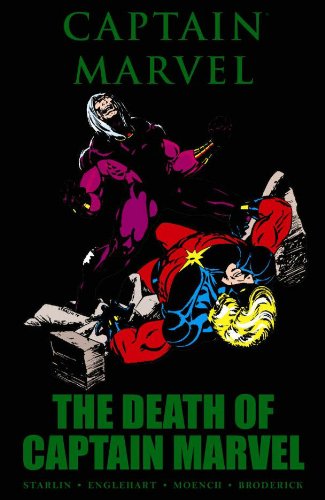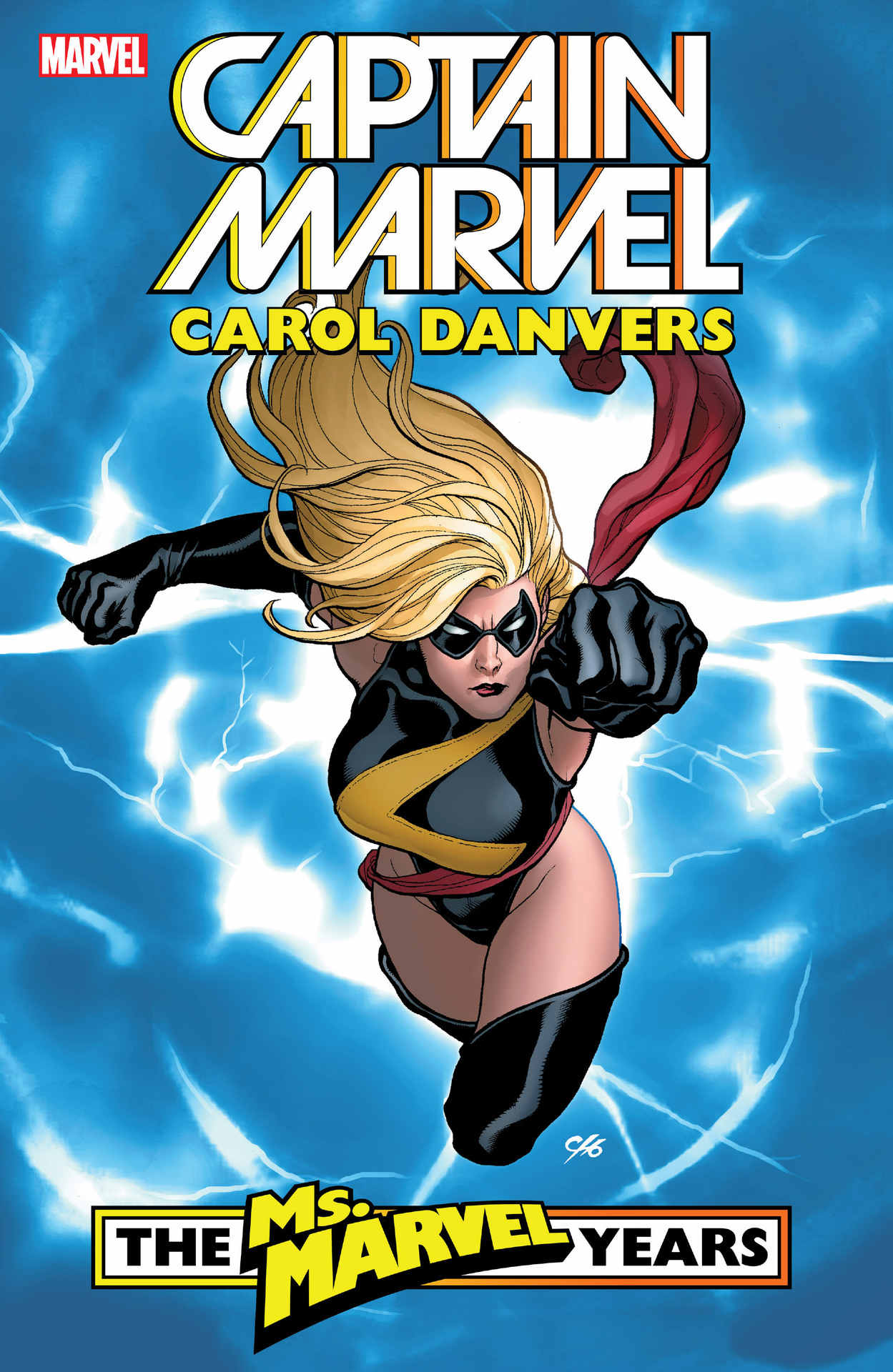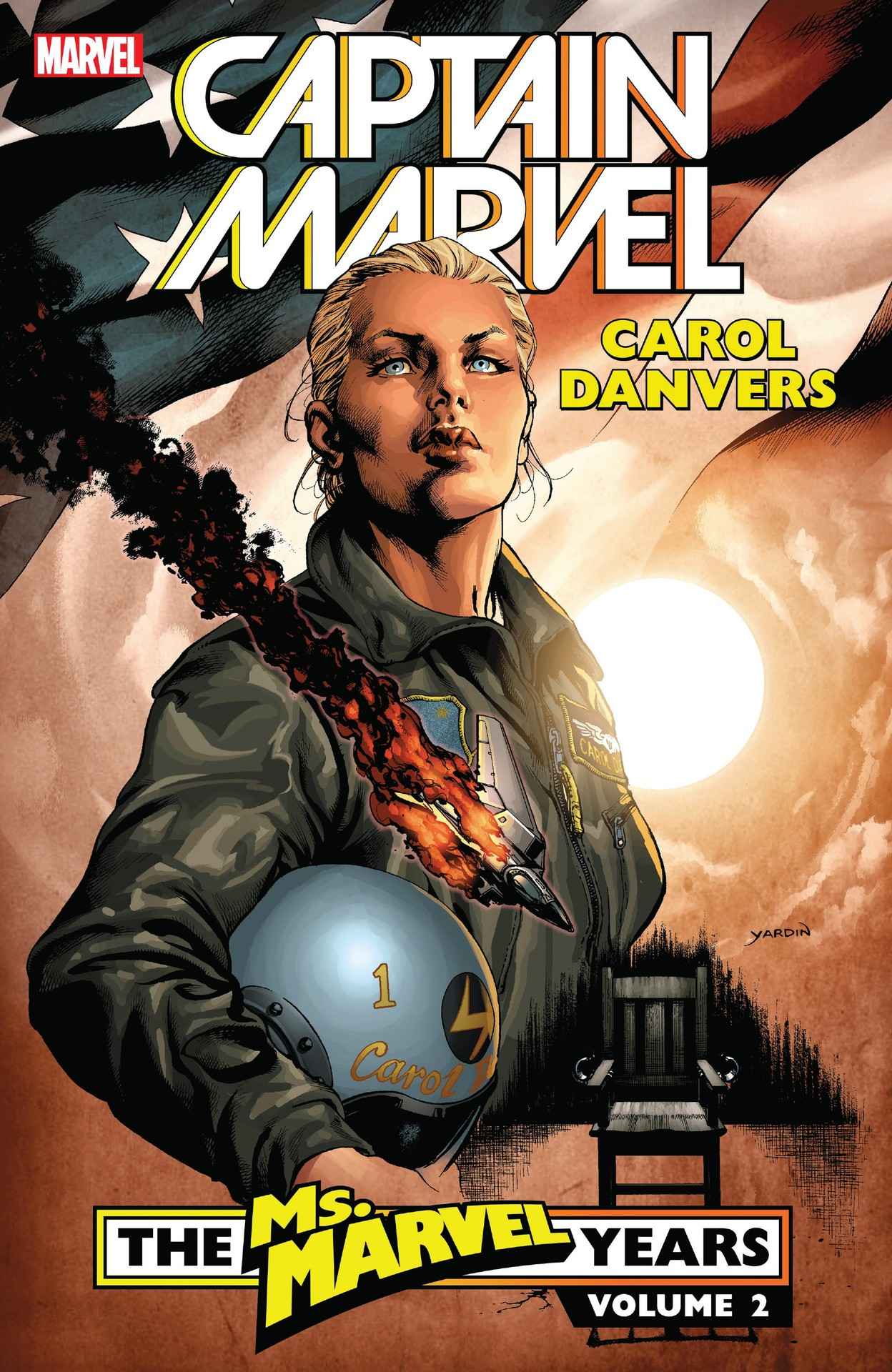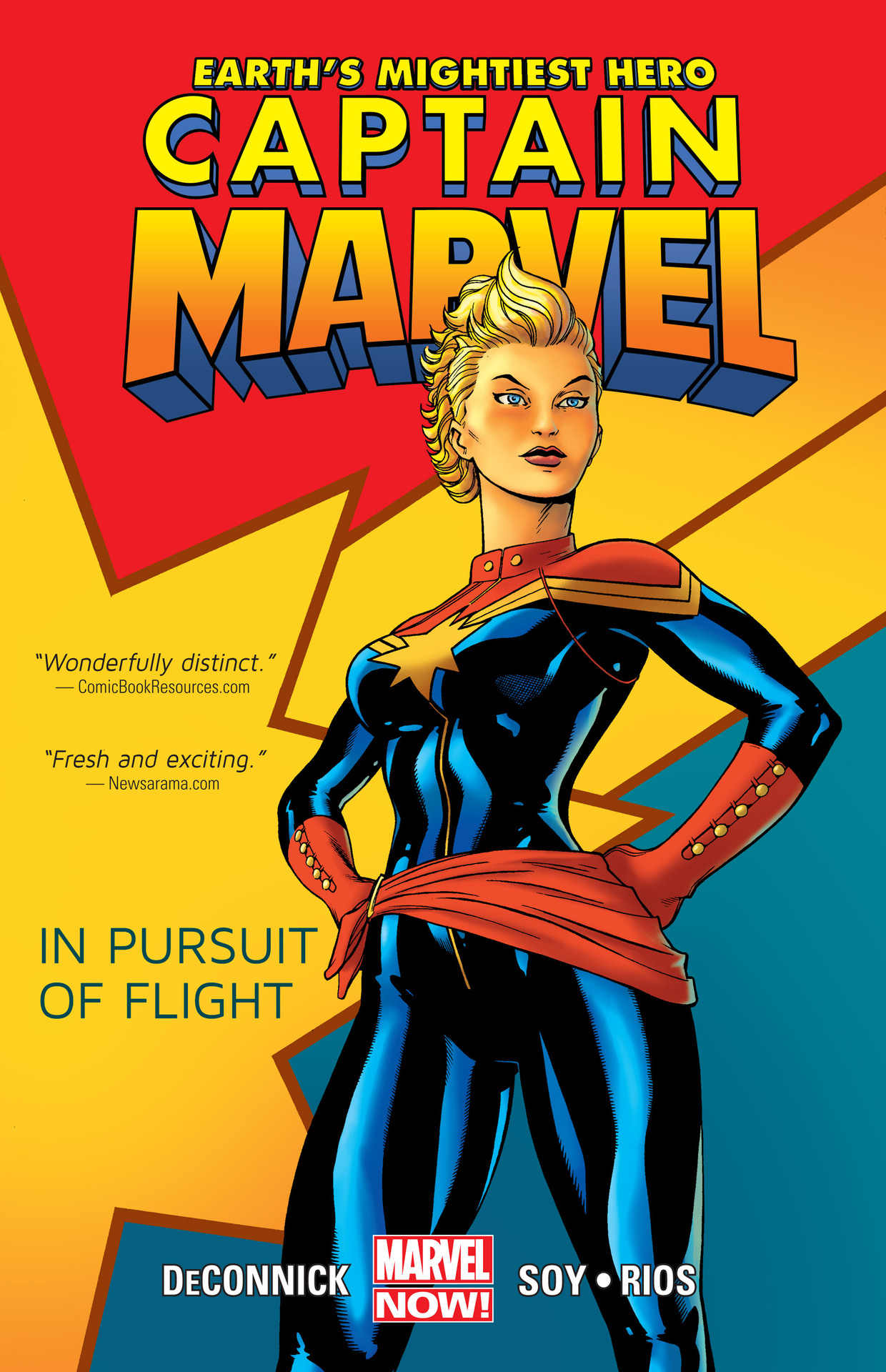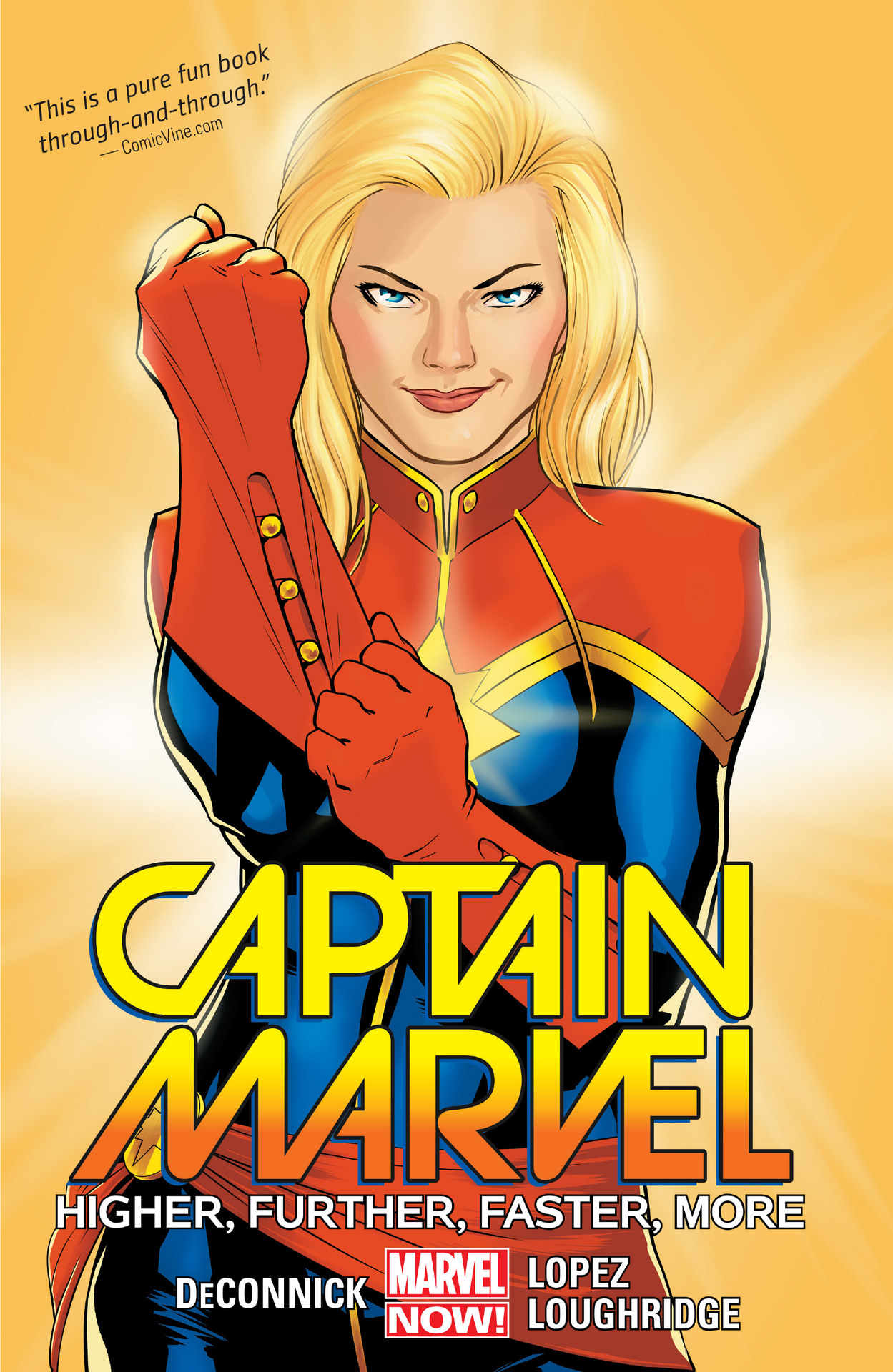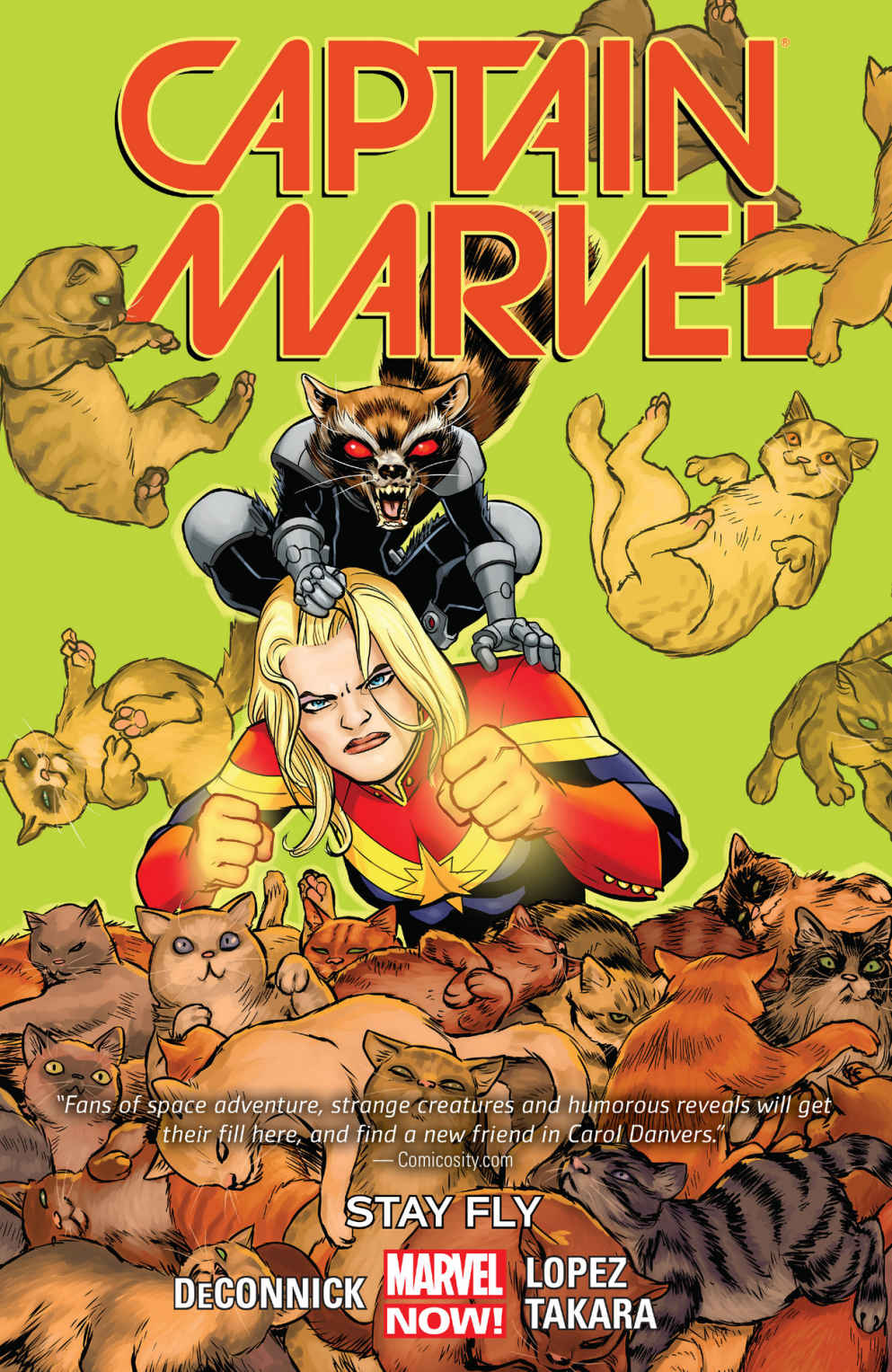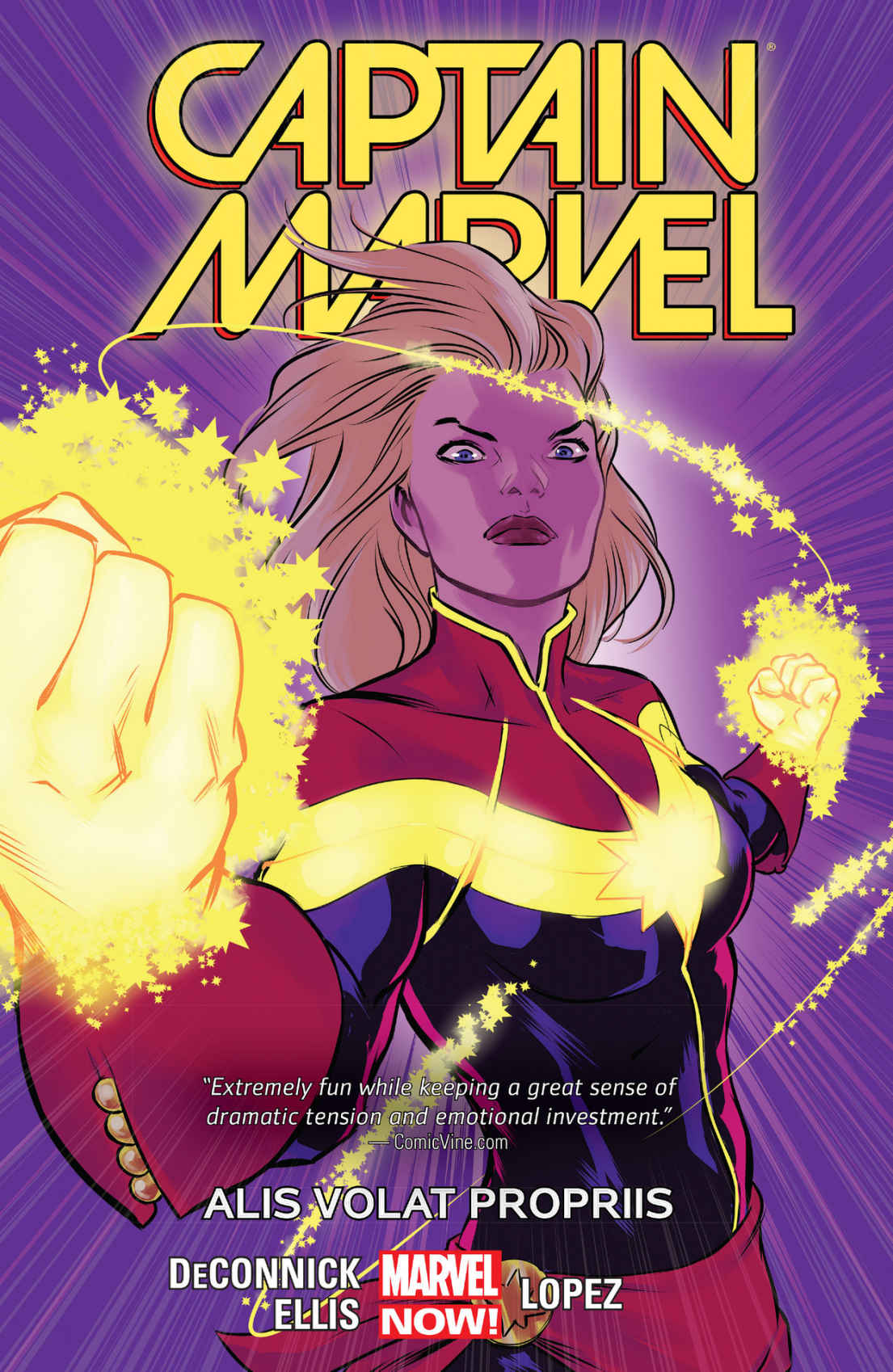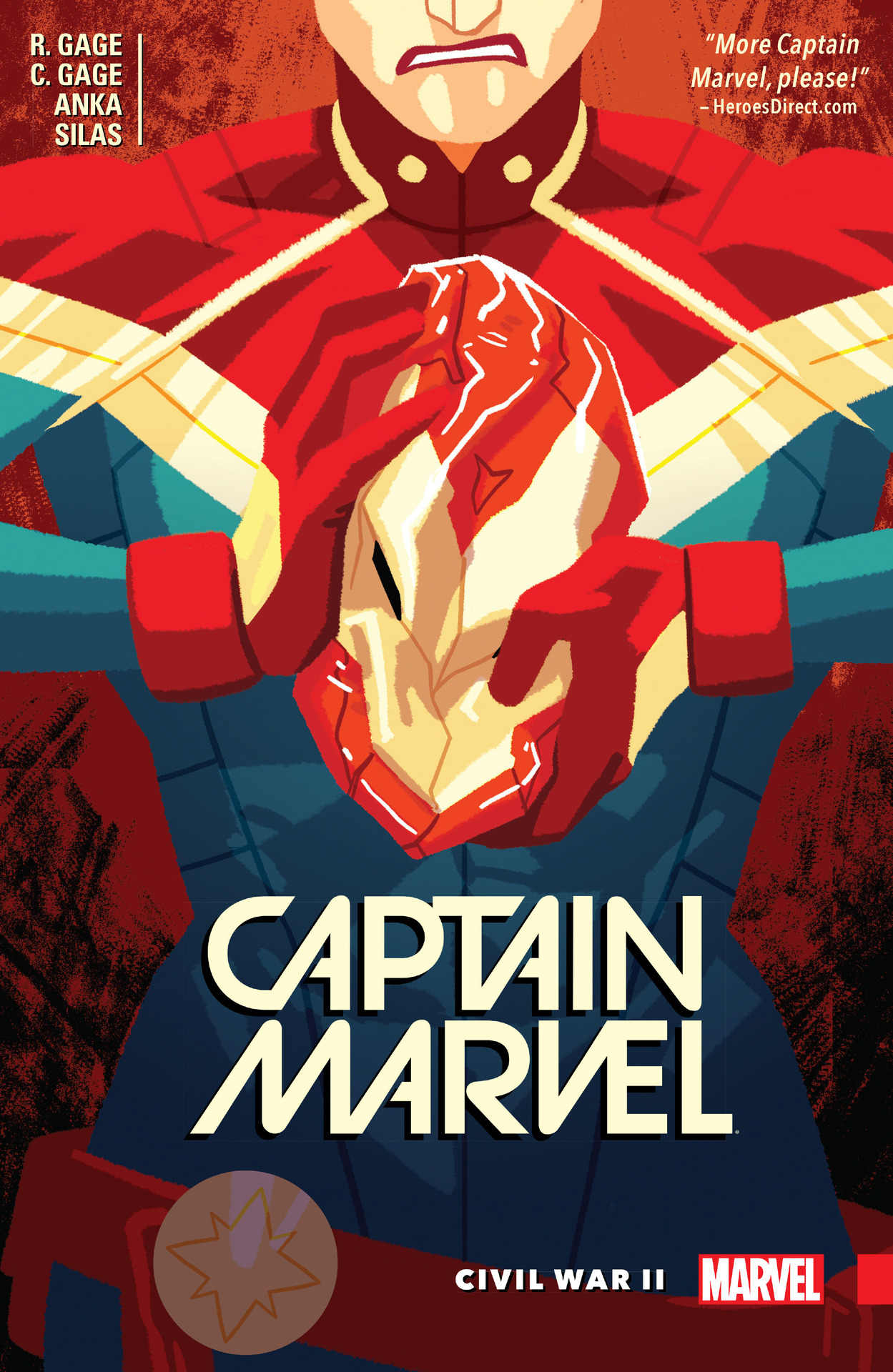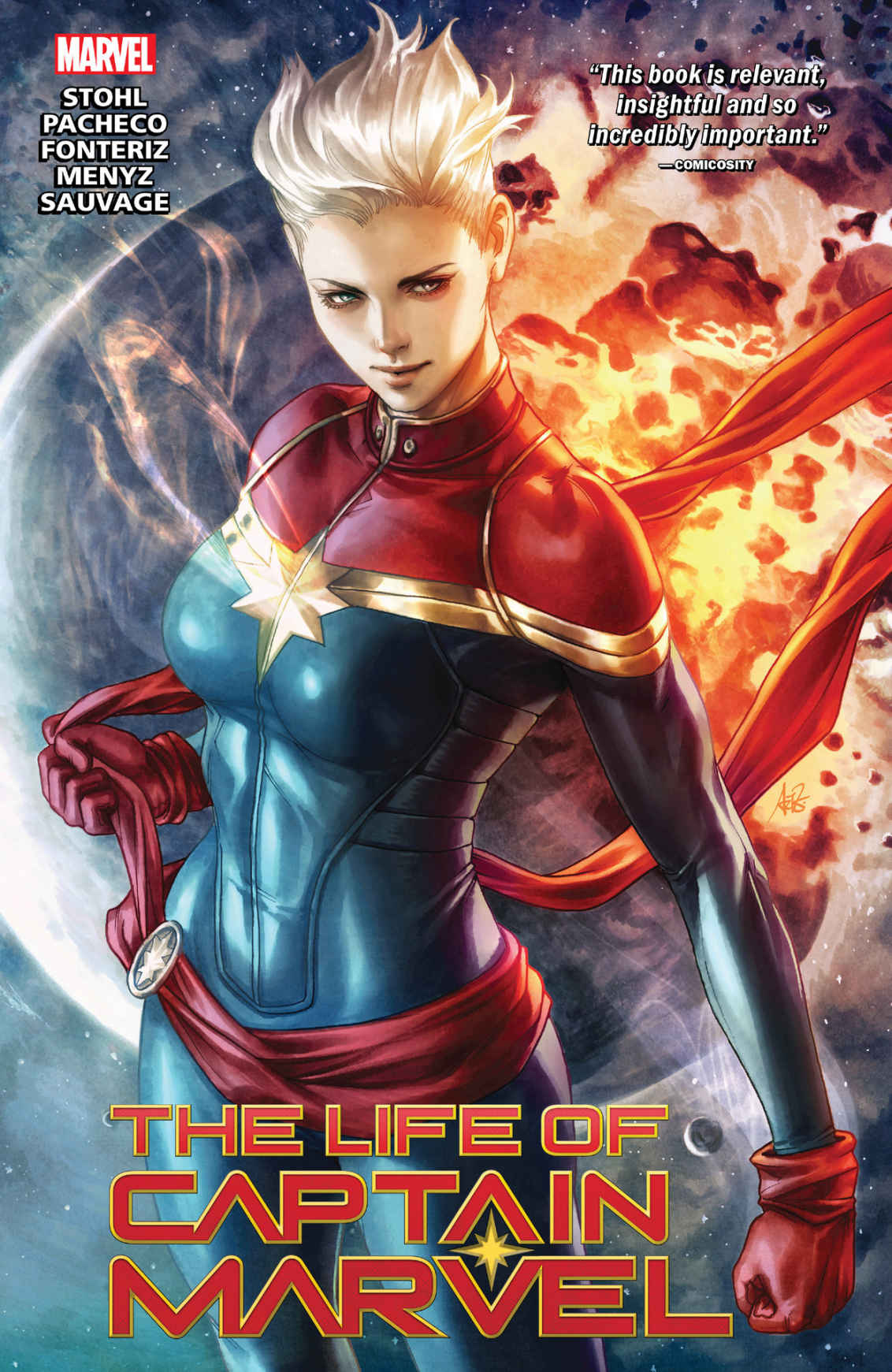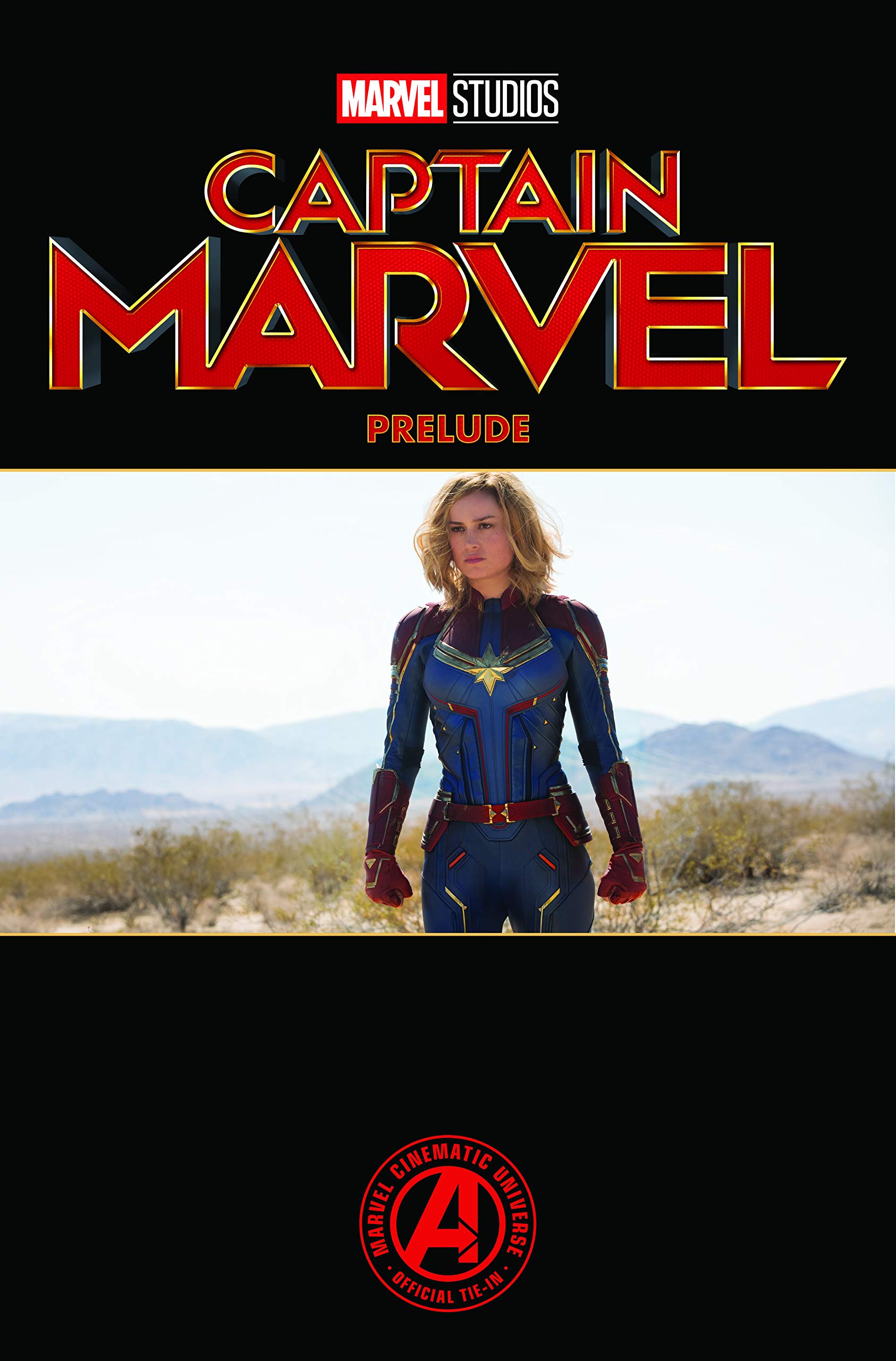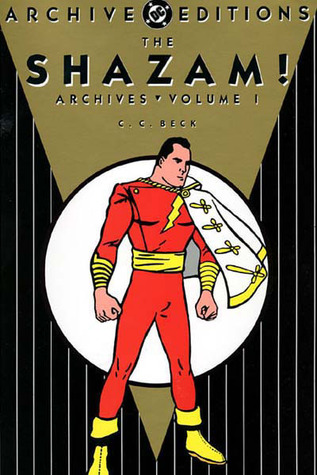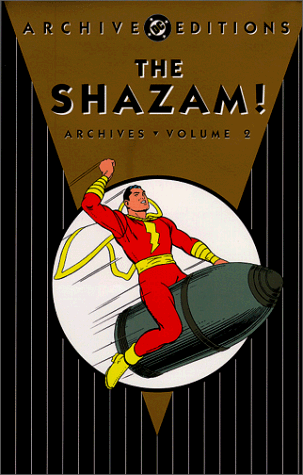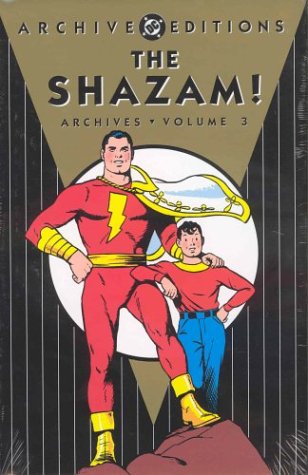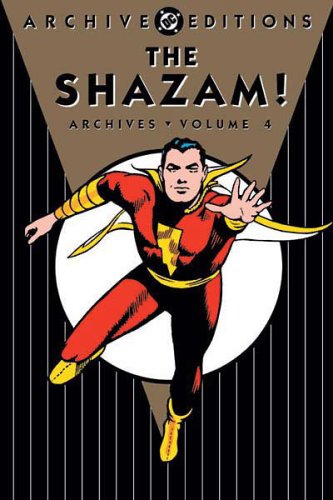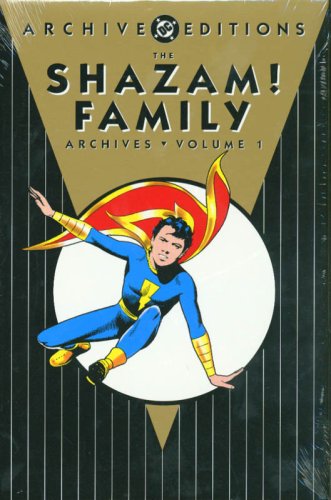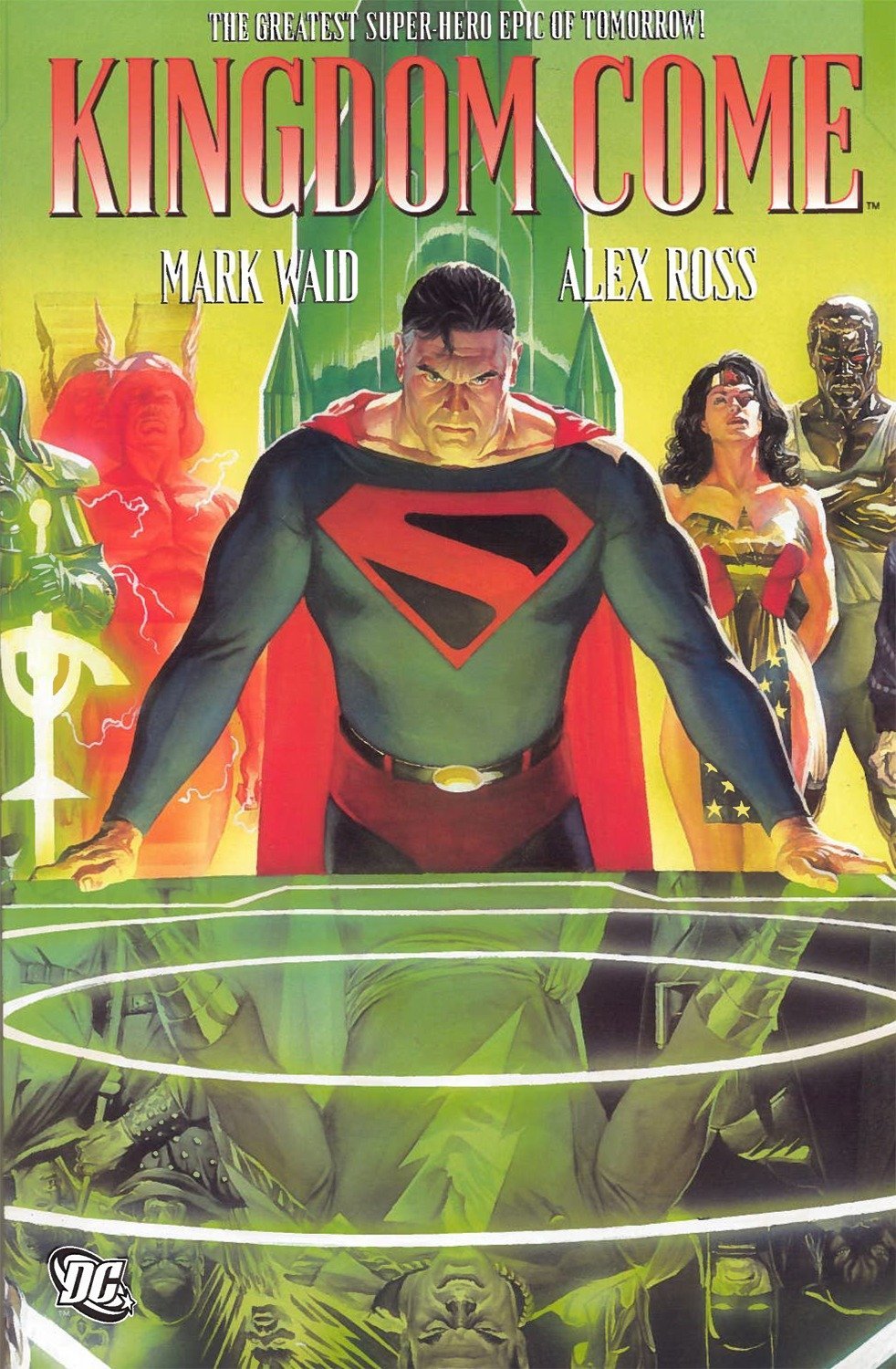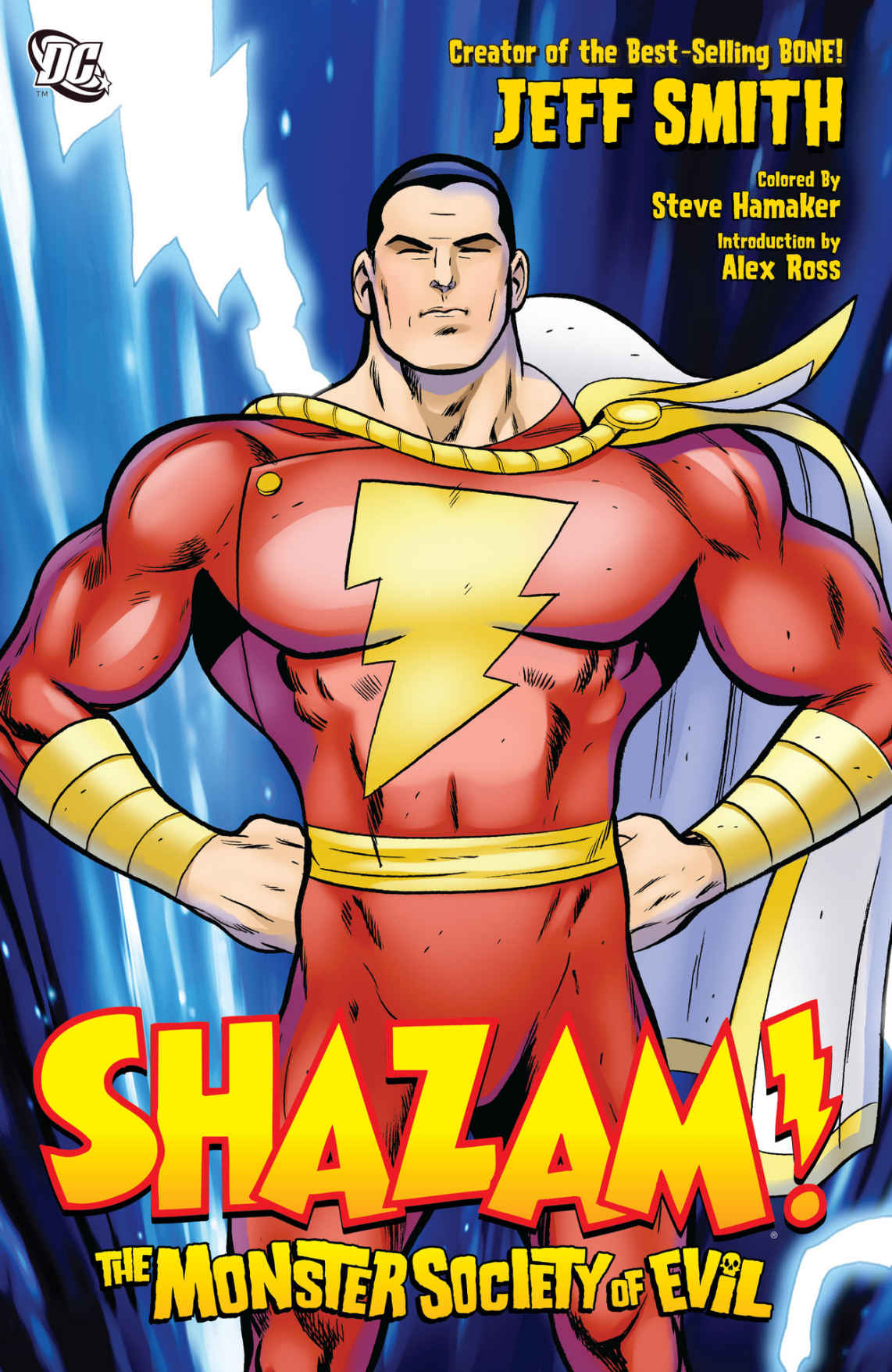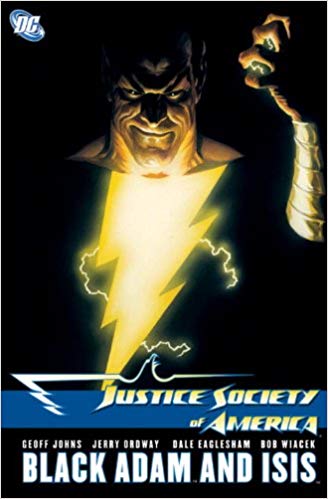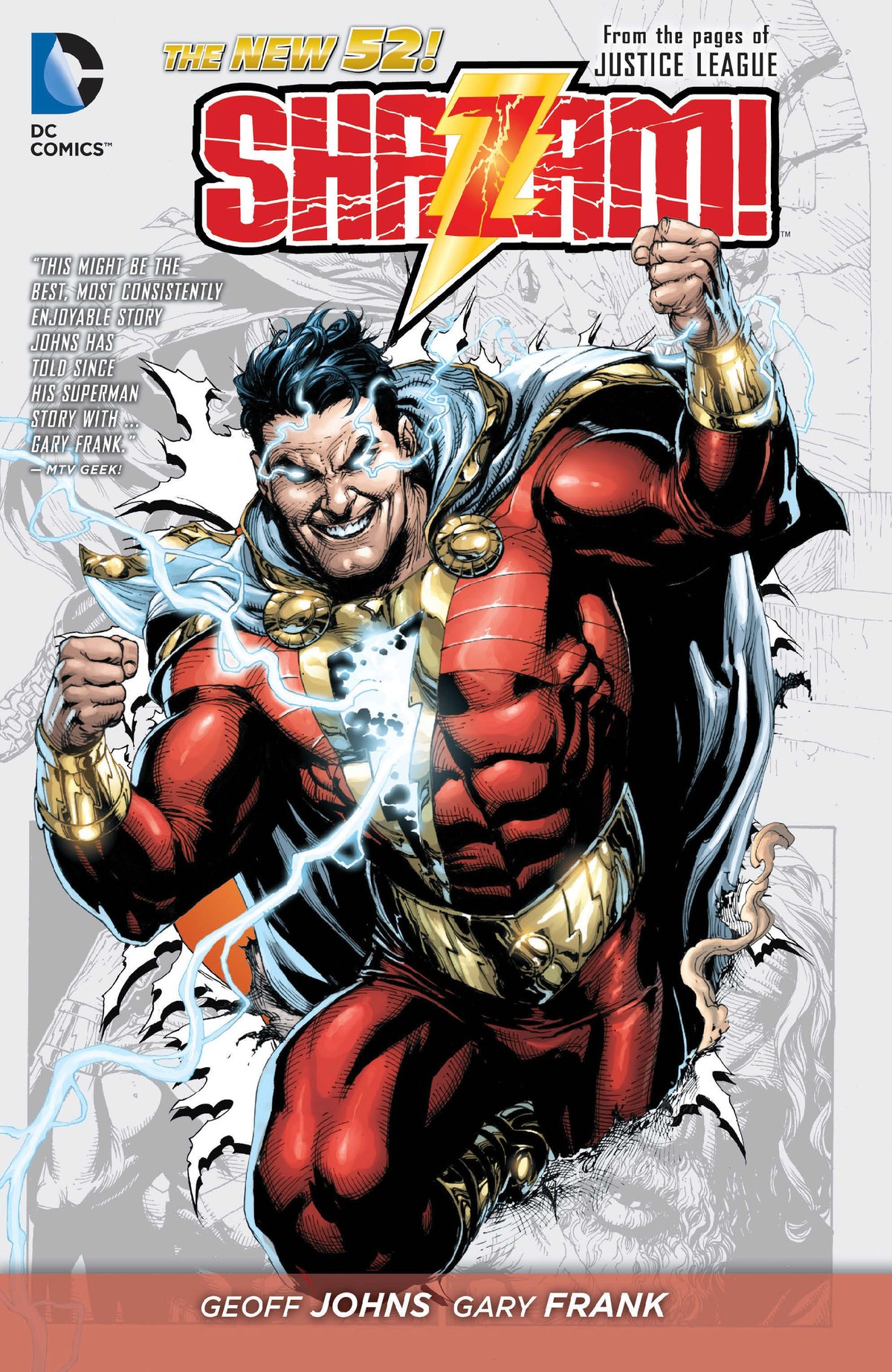The Life & Times of Captain Marvel(s)
The next installment in Marvel's Cinematic Universe, Captain Marvel, just hit theaters recently and DC has its next release with Shazam set to come out in early April, but beyond being comic book movies from rival publishers do they have anything else in common? Strangely enough, their stories are linked in a tale that begins back in the 1940's.
In the beginning (1940's-1960's)
From left to right: Whiz Comics #2, pencils & inks by C.C. Beck (Fawcett Publishing, 1940); MarvelMan Vol. 1 #25, pencils & inks by Mick Anglo (L Miller & Son, 1954); Marvel Super-Heroes #12, pencils by Gene Colan, inks by Frank Giacoia, & colors by Stan Goldberg (Marvel Comics, 1967); Avengers Vol. 1 #89, pencils & inks by Sal Buscema (Marvel Comics. 1971).
In the late 1930 with the decline of pulp novel heroes like The Shadow and Doc Savage gave to the rise of super heroes like DC's Superman and Batman, spurring other publishing houses to try their hand at comics beyond the regular varieties that existed previously. One such publisher was Fawcett Publishing and one of their new heroes was called Captain Marvel, created by C.C. Beck and Bill Parker, was a mild mannered 12-year old orphan Billy Batson is granted powers by the wizard Shazam to be struck by magic lightning and transformed into the adult superhero Captain Marvel whenever he yells "Shazam!" which stands for the gods which grant him his powers: The wisdom of Solomon, the strength of Hercules, the stamina of Atlas, the power of Zeus, the courage of Achilles, and the speed of Mercury. Captain Marvel grew in popularity and his stable of characters grew, introducing sidekicks such as Captain Marvel Jr, Mary Marvel, Uncle Marvel and Tawky Tawny and villains like Doctor Shivanna, Mr. Mind and Black Adam.
In 1941, DC sued Fawcett over Captain Marvel on the grounds of copyright infringement since they felt the character was a cheap rip-off of their Superman character, though the case languished in courts for nearly a decade before the verdict was hanged down in Fawcett's favor. DC appealed and the new ruling stated that although as a whole Captain Marvel wasn't copyright infringement, some of his various stories and powers were and said another trial would have to be held to decide what to do. By this time Fawcett felt that superhero comics were in decline in the post-World War II landscape and decided to settle out of court instead, promising to cease publication of the character and decided to shutter their comic division entirely. After the settlement, a small European publisher, L. Miller & Son, which had been selling black and white reprints of the original Captain Marvel stories were scrambling for a new source of material and commissioned Mick Anglo to create a thinly-disguised copy of Captain Marvel that they dubbed Marvelman and had him take over the old Captain Marvel title, changing the name but keeping the numbering the same. Marvelman would shout "Kimota!" instead of "Shazam!" which was 'Atomik' backwards. Later incarnations of this character were called Miracleman and in later decades boasted such writers as Alan Moore and Neil Gaiman.
Due to these issues, Fawcett's copyright on the name Captain Marvel and Marvel Comics dubbed a new hero Captain Marvel in 1967 and quickly copyrighted the name, created by Stan Lee and Gene Colan, although Gene Colan has stated he didn't have much of a hand in it and disliked Captain Marvel's original look greatly due to it's lack of originality. The character was an alien from the Kree race named Mar-Vell that was sent to Earth as a spy but turned his back on his mission and accepted Earth has is home, becoming the super hero Captain Marvel. The series failed to gain much of a following and was revamped a year later, helmed by Roy Thomas and Gil Kane, who changed his costume and added the supporting character of the teen Rick Jones (who has previously been a sidekick to the Hulk). As a nod to the original Captain Marvel, they added a new plot devise where Mar-Vell and Rick Jones shared molecules and only one of them could exist in the same dimension at one time, being able to switch between existing in the real world or the negative zone by slapping their Negaband bracelets together. The Captain Marvel series continued to struggle and was canceled in 1970 with issue #21, although Mar-Vell made guest appearances in other books and played a role in the Kree-Skrull War storyarc in the Avengers title.
The Evolution (1970's)
From left to right: Captain Marvel Vol. 1 #25, pencils by Jim Starlin & inks by Joe Sinnott (Marvel Comics, 1973); Shazam! #1, pencils by C.C. Beck and Nick Cardy & inks by C.C. Beck, Nick Cardy and Murphy Anderson (DC Comics, 1973); Ms. Marvel Vol. 1 #1, pencils by John Romita & inks by Dick Giordano (Marvel Comics, 1977); Avengers Annual #10, pencils & inks by Al Milgrim (Marvel Comics, 1981).
The Captain Marvel series was revamped again in 1972 by Jim Starlin, setting up Thanos as a major villain of his and adding in meetings with Adam Warlock. Although it still only had a modest following Marvel chose to kept the title in print to keep up the copyright and keep the name away from DC who, under the direction of Carmine Infantino had purchased the license to use Fawcett's Captain Marvel character and publish new stories in 1972. The DC book was entitled "Shazam" although Infantino attempted to use the subtitle "the original Captain Marvel" but was slapped with a cease and desist notice by Marvel, changing it to "the world's mightiest mortal" instead. In 1977, a supporting character from the Marvel Captain Marvel series was given her own title, Ms. Marvel. Carol Danvers had made her first appearance alongside Mar-Vell in 1968 as an officer in the US Air Force and coworker of Mar-Vell in his secret identity. During an issue she is caught in an explosion of an alien weapon and is saved by Mar-Vell, although unknown to them at the time it causes their genetic structures to meld, granting Danvers super powers. The title was seen as part of Marvel's progressive movement and featuring a female superhero in her own book with the prefix Ms. and having her fight for equal pay and other social issues in her civilian identity. In 1981 in an Avengers Annual, Ms. Marvel is attacked by Rogue in her first appearance where she acts on the orders of the Brotherhood of Evil Mutants and ends up permanently taking Carol Danver's memories and powers, although her memories are later restored.
The Next Phase (1980's)
From left to right: Uncanny X-Men Vol. 1 #164, pencils by Dave Cockrum & inks by Bob Wiacek (Marvel Comics, 1982); Marvel Graphic Novel #1: The Death of Captain Marvel, pencils & inks by Jim Starlin (Marvel Comics, 1982); Amazing Spider-Man Annual #16, pencils by John Romita Jr & inks by John Romita (Marvel Comics, 1982); Justice League Vol. 1 #1, pencils by Kevin Maguire & inks by Terry Austin (DC Comics, 1987).
A year later, Carol Danvers gains a new identity when she is captured by an alien race called the Brood and experimented on, gaining the cosmic powers of a 'white star' and dubbing herself Binary. During this time, Mar-Vell discovers that past exposure to an experimental nerve gas from years prior has given the hero cancer and due to his home planet viewing him as a traitor, he is refused access to their advanced medical technology. This was a powerful story where a hero succumbed to a real world illness that hit home with a number of readers and featured a plethora of guest stars of his friends and foes coming to pay their respects with his greatest enemy Thanos serving as his guide to the afterlife.
The same year a new Captain Marvel was introduced by Marvel, this time an African American woman named Monica Rambeau from New Orleans that gained her powers of energy conversion after being exposed to extra-dimensional energy and dubbed herself Captain Marvel, being unware of Mar-Vell. She was granted the blessing of the late-Mar-Vell's friends and later joined the Avengers and eventually became their leader for a time.
While over at DC, they had decided to consolidate and reboot their story universe with the Crisis on Infinite Earths series. In this new incarnation, Shazam is a member of the newly formed Justice League and now retained his Billy Batson personality while transformed as a reason to explain his campy and wholesome 1950's ideals and naivety.
Revamping (1990's-2000's)
From left to right: Avengers Vol. 3 #4, pencils & inks by George Perez (Marvel Comics, 1998); JSA Vol. 1 #73, painted by Alex Ross (DC Comics, 2005); Ms. Marvel Vol. 2 #1, pencils & inks by Frank Cho (Marvel Comics, 2006); Trials of Shazam #1, painted by Howard Porter DC Comics, 2006).
In the late 90's Marvel had rebooted their titles and when the Avengers were reformed both Carol Danvers, under the new moniker Warbird, and Monica Rambeau, under the new moniker Photon, joined the team. The mantle of Captain Marvel was taken up by the children of Mar-Vell for a time so Marvel could continue to retain the copyright.
Over at DC, Shazam and his extended family of Captain Marvel Jr, Mary Marvel and Black Adam factored heavily to several DC titles in the early millennium including JSA (short for Justice Society of America), Infinite Crisis, Day of Vengeance, 52, Countdown and Final Crisis.
In 2006, Carol Danvers was back as Ms. Marvel and given her own series and a new look. She began to feature more heavily into the Marvel Universe as a whole and played major parts in various Avengers titles as well as the big event book involving the Skrulls, Secret Invasion.
That same year, DC published the miniseries Trials of Shazam which saw the original Captain Marvel taking over for the wizard Shazam after his death and growing a long beard with his hair turning white and his costume also becoming white and Captain Marvel Jr. going through several trails to receive the blessings of the various patron gods that the Marvel family receives their powers from and assuming the mantle of Captain Marvel.
Modern Times
From left to right: Captain Marvel Vol. 7 #1, pencils by Ed McGuinness, inks by Dexter Vines & colors by Javier Rodriguez (Marvel Comics, 2012); Justice League Vol. 2 #0, pencils & inks by Gary Frank, colors by Brad Anderson (DC Comics, 2012); Ms. Marvel Vol 3 #1, pencils & inks by Sara Pichelli, colors by Justin Ponsor (Marvel Comics, 2014); Shazam Vol. 2 # 1, pencils & inks by Dale Eaglesham, colors by Alex Sinclair (DC Comics, 2019).
In 2012, Carol Danvers finally takes up the mantle of her hero, Captain Marvel and continues to be one of the most visible female super heroes at Marvel, playing a large part of the story Civil War II with her leading an opposing group in favor idea of using an Inhuman who has the power to see into the future to pre-emptively stop negative events from happening which Iron Man and his group opposes.
At the same time at DC, Captain Marvel was reimagined once more in a new reboot as a backup story in the New 52 version of the Justice League. His name was officially changed to Shazam finally and portrays Billy as a cynical and bratty foster child that learns the values of family and friendship through the course of gaining his powers and figuring out his place in the world.
With Carol Danvers assuming the mantle of Captain Marvel, a Muslim teen from Jersey City named Kamala Khan that is a huge fangirl of Capain Marvel takes up the name Ms. Marvel when she develops super powers due to her Inhuman background and possesses shape-shifting and "embiggening" abilities. Being Marvel's first Muslim superhero made a huge cultural impact and she rapidly became a fan favorite character, She gained further notoriety when anti-Islamic graffiti in San Francisco was tagged over with pictures of her in costume with the taglines "Calling all Bigotry Busters," "Stamp out racism," "Free speech isn't a license to spread hate," "Islamophobia hurts us all," and "Racist."
Now in 2019 with DC's Rebirth reboot there is a fresh Shazam series that features Billy Batson with his foster siblings Mary, Freddy, Eugene, Pedro, and Darla as they explore their powers.
Available in our Catalog
Captain Marvel
Shazam

